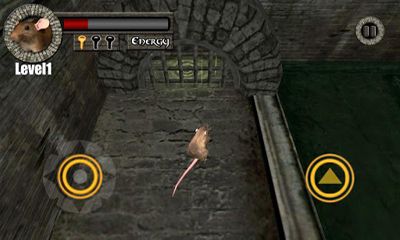
Next I measure to the top of the pipe at the vent connection, roughly accounting for the thickness of the pipe wall. With the siphon principle in mind, I first make sure that any drain less than 3 inches in diameter has at least a 1/4-inch slope (1/8-inch slope for 3-inch diameter and greater), and then I simply measure from the floor (assuming that it is level) to the bottom of the drain at the trap connection (where the trap weir is located). When I’m performing a plumbing inspection, I don’t often bother with measuring the exact drain length, unless it seems to be unusually long or is clearly at a shallow slope. Keep the Vent Connection Above the Trap Weir So the additional slope of just 1/8 inch per foot reduces the allowable drain length between the trap and vent by a whopping 2.66 feet, or 33%. A 2-inch-diameter pipe sloped at 1/4 inch per foot results in a drop equal to the pipe’s internal diameter over a distance of 8 feet: 1/4 inch x 8 = 2 inches (see “Maximum Allowable Trap Arm Length,” above).īut if the drain is sloped at 3/8 inch per foot, the maximum length is less than what someone might assume with just a quick glance at the table-it is actually 5.33 feet: 3/8 inch x 5.33 = 2 inches. The lengths in the table are just the result of simple math.
#Sewer run 2 download full game code#
(For many code applications, I use that analogy to encourage people to build beyond the minimum level that is allowed.)
#Sewer run 2 download full game install#
But often, installers don’t install pipe at the minimum slope, just as they wouldn’t stand at the very edge of a cliff to enjoy the vista. It’s stating that you can only use up to an 8-foot length if the pipe is run at the minimum allowable slope of 1/4 inch per foot. They may also see that the slope column references 1/4 inch per foot, but they are likely to assume that it’s just reiterating the minimum allowable slope for a 2-inch drain.īut the slope column is saying much more than that. When builders look only at the table without reading the text, they find that a 2-inch-diameter drain can run a maximum distance of 8 feet to the vent. This basic scientific statement always trumps the simple length taken from a table and is the real key to preventing a situation where a siphon could form. However, this table was-and still is-accompanied by a very important statement: “The vent connection shall not be below the trap weir.” Unfortunately, that statement is now much easier to overlook.


For simplicity, the maximum distance between a trap and its protecting vent has been presented in the form of a table for decades.

The section of the code that pertains to the maximum trap-arm (also called a “dirty arm”) length has strict provisions designed to prevent a siphon from forming in a drain.

A vent is supposed to maintain air in the cross-section of the pipe to prevent a siphon from forming. If the entire cross-section of a drain is able to fill with water downstream of the trap, a siphon can be created for a sufficient period of time to pull enough water out of the trap to render it ineffective. In a drain, one of the primary purposes of a fixture vent is to break the siphon. The flow of liquids has a lot of science to it, and anyone who has ever siphoned water from a fish tank or a swimming pool knows that a liquid can be drawn from a vessel without any power other than what appears to be magic.


 0 kommentar(er)
0 kommentar(er)
